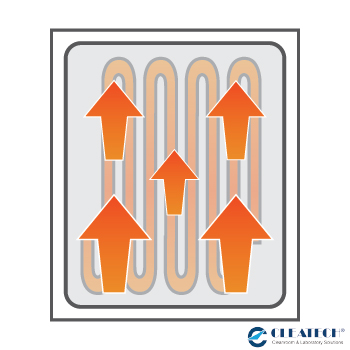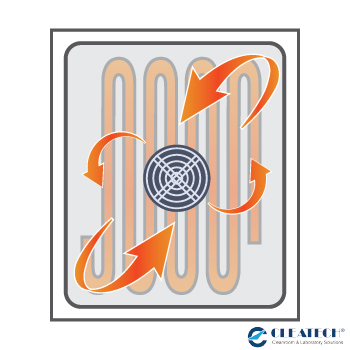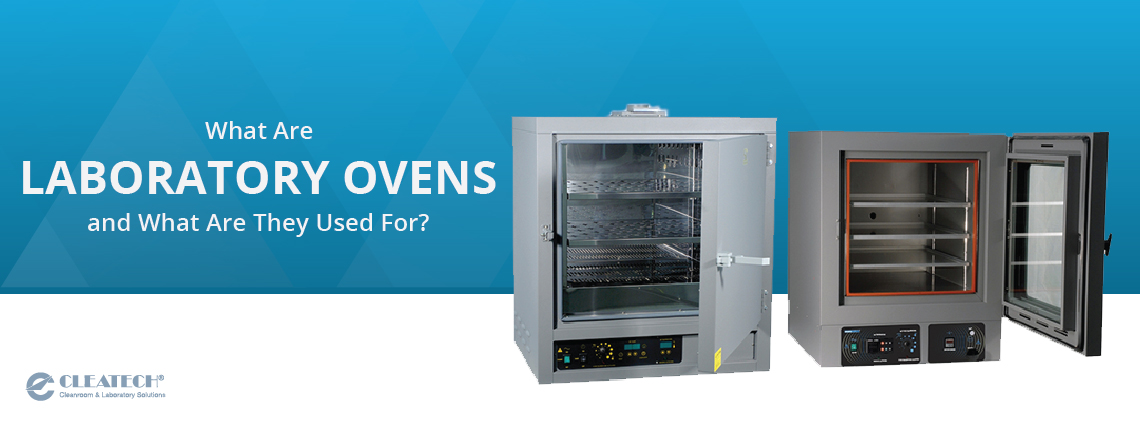Laboratory Ovens
Laboratory ovens are standard equipment found in most clinical, forensic, electronics, material processing, and, research laboratories. Laboratory ovens provide uniform temperature and precise temperature control for heating, baking, evaporating, sterilizing and other industrial laboratory functions.
Oven temperature ranges from ambient to above 300°C.
Types of Laboratory Ovens
Standard Digital Ovens – Built for the heating and drying process, offering temperature accuracy control and safety.
Heavy Duty Ovens – Typically used in industrial applications for soils/aggregate testing and drying biological samples.
High-Temperature Ovens – Custom built ovens with temperatures upwards of 500°C. Additional insulation lining the oven walls and doors.
Vacuum Ovens – Also called drying ovens are used to remove moisture from objects without cooking them. Heat is produced from the side walls and requires an external vacuum pump to provide a low-pressure environment which minimizes oxidation during drying.
Forced Air Convection Ovens – Also called mechanical convection ovens, With the help of a blower fan, warm air is pushed around the oven chamber. This creates a uniform distribution of warm air and provides rapid heat up and recovery time. Something to note, convection heating can cause excessive drying due to the force of the fan. See diagram below.
Gravity Convection Ovens – Hot air naturally rises when it expands and become less dense than the air around it. These ovens provide a low-cost alternative to forced convection ovens. See diagram below.


Difference Between Forced Air Ovens and Gravity Flow Ovens
What are lab ovens used for?
Drying or Dehydrating – Removing moisture from samples. Typically performed in environmental, biological and clinical laboratories.
Sterilising – Remove or destroy bacteria or microorganisms from something. Commonly used to sterilise lab equipment.
Annealing – Used to remove internal stresses and toughen from metal or glass. Metal or glass is heated and allowed to cool slowly.
Evaporating – Used to evaporate excess solvents, such as water, from a solution to produce a concentrated solution or measure their melting point.
When choosing an oven, consider applications, dimension, capacity and lab budget. Cleatech is a leading global supplier of Laboratory Ovens. Top quality laboratory solutions at competitive prices.
Available Lab Ovens at Cleatech
Visit our Laboratory Ovens product page to view specifications and prices.

